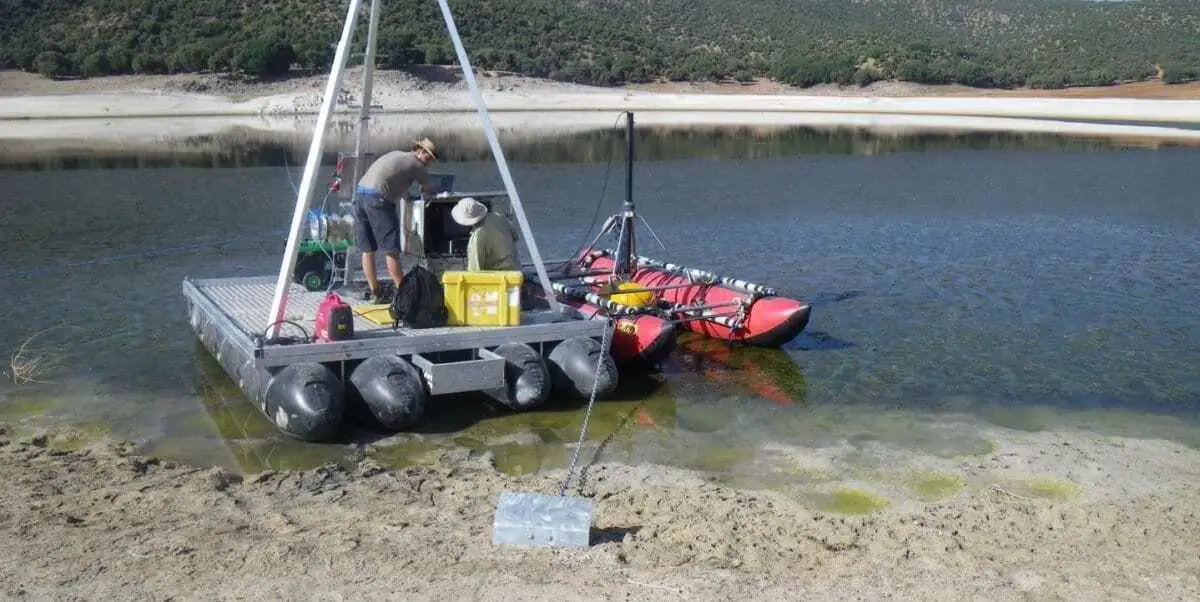The Sahara is the world’s largest desert and dust source with significant impacts on trans-Atlantic terrestrial and large-scale marine ecosystems.
Remote Saharan dust influences the earth’s radiation budget and tropical North Atlantic ocean-atmosphere temperature variability that might even attenuate Hurricane activity. In a new research study an international team of geoscientists reconstructed the history of Saharan dust storms during the last 12.000 years. The researchers identified several millennial-scale phases of enhanced Saharan dust supplies during the transition of the former “green Sahara” to the present-day hyper-arid desert.
The results were currently published in the geoscientific journal Quaternary Science Reviews.
Physical Geographers and Geoscientists from Leipzig, Manchester and Iceland Universities and the Helmholtz Centre Potsdam (GFZ) as well as a meteorologist from the Leibniz Institute for Tropospheric Research (TROPOS) in Leipzig and two archaeologists from Cologne and Rabat were involved in the international research project.
By the investigation of recovered cores from Lake Sidi Ali in the Moroccan Middle Atlas, the researcher traced back Saharan dust phases until a time of 12.000 years before present.
“We suggest that increases in Northern Saharan dust supply do not solely indicate sub-regional to regional aridity in Mediterranean Northwest Africa but might reflect aridity at a trans-Saharan scale”, said Christoph Zielhofer, Physical Geographer at Leipzig University in Germany, who led the study.
The last 12.000 years of Saharan history comprises the end of the so-called African Humid Period. This transition toward the present-day hyper-arid desert took place during approximately 3000 to 7000 years before present following the current scientific debate. Before, the Saharan region was characterised by dry steppe and savannahs with elephants, lions and a large number of animals that occupy sub-Saharan biotopes under current climatic conditions.
The large grasslands were used by pastoral groups that leaved a lot of archaeological remains in the nowadays hostile landscape. “Our history of Saharan dust storms provides chronological information about past desiccation phases of the Sahara that must have severe consequences for former vegetation cover, wildlife and humans”, said Hans von Suchodoletz, dust researcher at the Institute of Geography in Leipzig.
The researcher discovered the surprising result that the end of the African Humid Period was not characterised by a single climatic transition toward a drier stage as formerly assumed but by multiple millennial-scale dust phases. The most prominent took place at approximately 10.200, 8.200 and 6.600 to 6.000 years before present.
“The dust intervals at Lake Sidi Ali were interrupted by phases of low dust supply until at the latest at 4.700 years before present the atmospheric dust load was comparable to current climatic conditions”, said Christoph Zielhofer.
LEIBNIZ INSTITUTE FOR TROPOSPHERIC RESEARCH (TROPOS)





